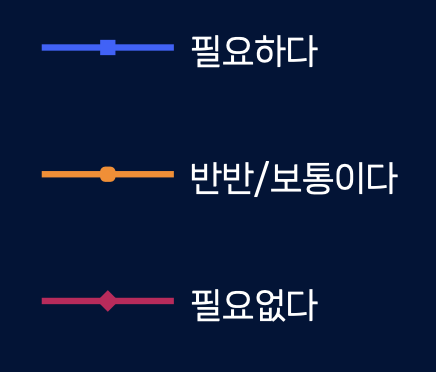US-DPRK Confrontation: Cold War Confrontation within the Post-Cold War Era

Seoul National University Unification Studies Research Series – 8
Authors: Chang Dal-joong, Lee Jung-chul, Lim Su-Ho
Book Introduction
The contents of this book can largely be divided into <<Part I: History>> and <<Part II: Theory and Controversial Issues>>.
First, Part I is comprised of <<Chapter 1: The End Game of the Cold War and North Korea-U.S. Confrontations>>, <<Chapter 2: The Post-Cold War Era and the Pre-Geneva Convention System>>, <<Chapter 3: The Geneva Convention>>, and <<Chapter 4: The Six Party Talks>>.
The first part outlines the authors’ views on the North Korean nuclear crisis. Based on the above points of view, the remaining chapters analyze how North Korea and the United States viewed and responded to each other by dividing the post-Cold War period into three periods.
What matters here is whether North Korea’s choice was based on rationality. Assessments of North Korea have been polarized between claims of a high level of political realism and claims of “madness.” However, the results of the actual analysis are closer to the former.
Next, <<Part II – Theories and Controversial Issues>> is centered on theoretical discussions and controversial issues. However, discussions are being held at a more comprehensive level on the Korean Peninsula, beyond the scope of the U.S.-North Korea relationship.
First, in <<Chapter 5 – North Korea’s nuclear deterrence strategy: Limited denuclearization vs. Complete Denuclearization>>, the authors take a closer look at North Korea’s nuclear strategy and the technical problems it poses for itself.
In <<Chapter 6 – South-North-U.S. Relations: Ethnicity vs. Alliance>>, the authors wanted to see the impact or connection between North Korea-U.S. relations on inter-Korean relations and South Korea-U.S. relations, focusing on changes in North Korea-U.S. relations. This is to look beyond the North Korean nuclear issue to a more comprehensive view of the issue of the post-cold war on the Korean Peninsula.
Lastly, in <<Chapter 7 – A Peace Regime on the Korean Peninsula: Inter-Korean Peace Treaty vs. The North Korea-U.S. Peace Treaty>> focuses mainly on the South and the North, taking a close look at how the existing discussions of peacebuilding on the Korean Peninsula have developed and what the positions of the two sides have been. The book also contains a brief summary of and outlook on current issues for an ear in which the issue of establishing a peace regime on the Korean Peninsula begins to be subject to full-fledged discussions.
Publication Date: 2011


















